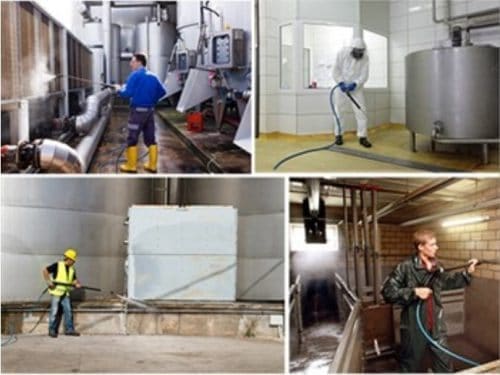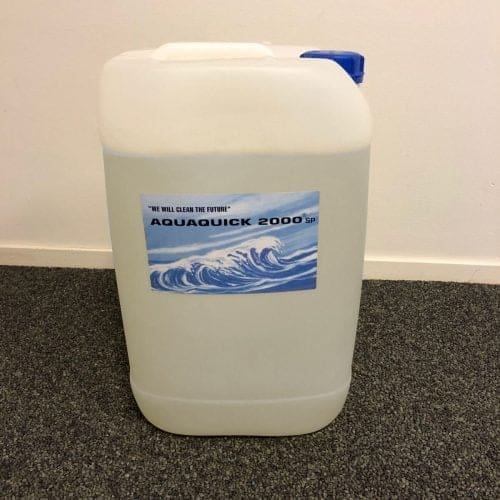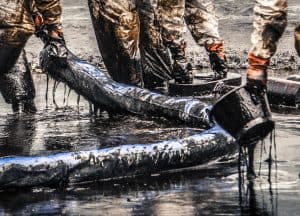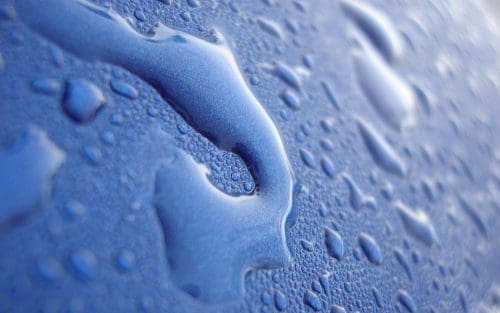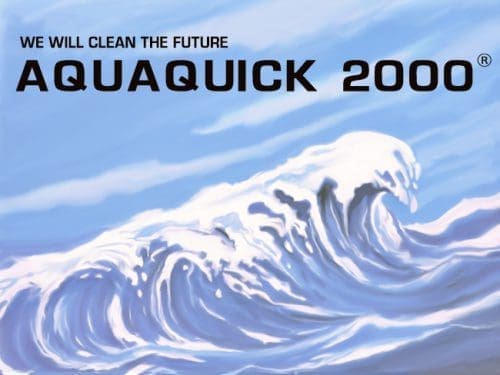A well-maintained vehicle runs smoothly, and one of the most crucial yet often overlooked tasks is cleaning a gas tank. Over time, dirt, rust, and debris can accumulate in the fuel tank, leading to engine problems, decreased fuel efficiency, and other issues. In this article, we’ll walk you through the importance of cleaning your gas tank, the steps involved, and how AQUAQUICK 2000 can aid in the process.
Why Cleaning Your Gas Tank is Essential
Regular cleaning of the gas tank is vital for maintaining your vehicle’s health. Contaminants inside the tank can clog fuel lines and injectors, causing the engine to malfunction. Over time, these impurities can reduce the efficiency of your vehicle, increase fuel consumption, and cause costly repairs.
Prevent Engine Problems
A dirty gas tank leads to poor engine performance. When debris gets into the fuel lines, it can clog injectors and filters, forcing the engine to work harder. This extra strain can result in poor acceleration, reduced power, and even engine stalling.
Improve Fuel Efficiency
Keeping the gas tank clean helps ensure that fuel flows smoothly into the engine, improving efficiency. Regular maintenance reduces the risk of contaminants mixing with fuel, thus promoting better combustion and mileage.
Signs That Your Gas Tank Needs Cleaning
Before diving into the process of cleaning a gas tank, it’s essential to know when it’s time for a cleaning. Here are some common signs:
- Difficulty starting the engine
- Reduced fuel efficiency
- Strange noises from the fuel pump
- Sputtering or stalling engine
- Dirty fuel filter
If you’re experiencing any of these issues, it’s likely time to clean your gas tank.
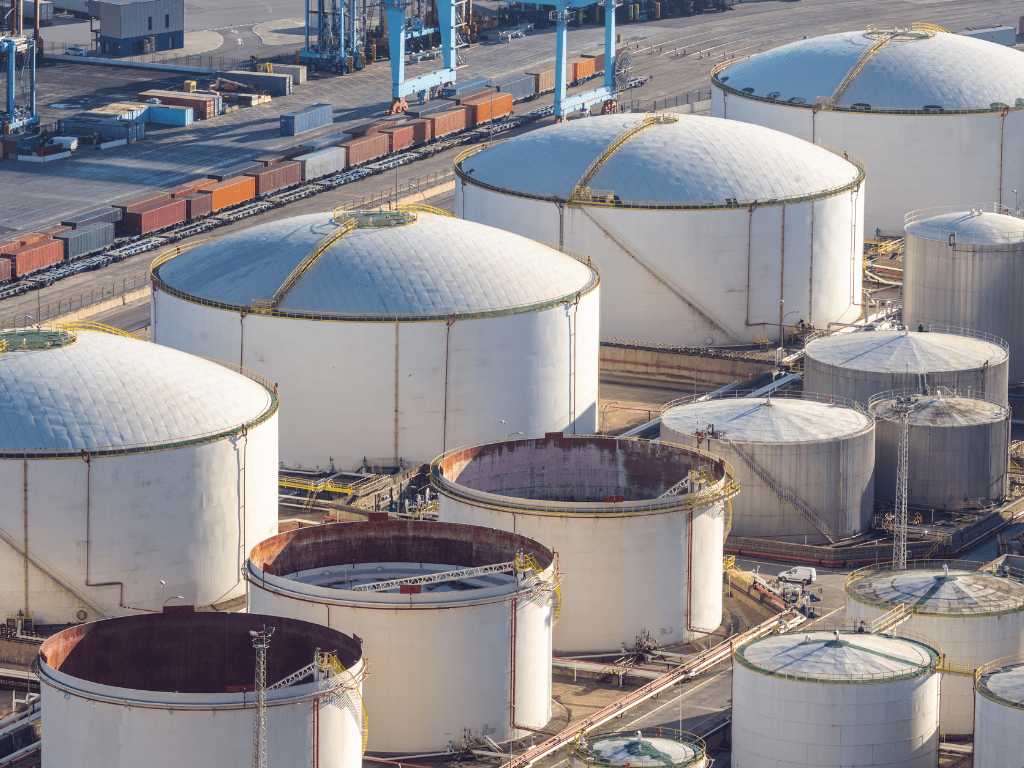
Steps for Cleaning a Gas Tank
Now that we know why and when to clean, let’s go over the steps for effectively cleaning a gas tank.
Step 1: Drain the Gas Tank
The first step is to safely remove all the fuel from the gas tank. This can be done using a siphon pump. Make sure the car is on a level surface and that you’re working in a well-ventilated area. It’s also a good idea to disconnect the negative battery terminal to avoid any sparks.
Step 2: Remove the Gas Tank
After draining the fuel, you’ll need to detach the gas tank from the vehicle. This usually involves removing a few bolts and the fuel lines. Be sure to consult your vehicle’s manual for specific instructions.
Step 3: Clean the Gas Tank Interior
Once the tank is removed, it’s time to clean the inside. Start by rinsing the tank with water to remove any loose debris. Next, fill the tank with a cleaning solution designed for fuel tanks. AQUAQUICK 2000 is an excellent option for this step, as it’s eco-friendly and effective at breaking down contaminants like rust and grime.
Let the solution sit in the tank for a while to loosen up any remaining dirt. After soaking, scrub the inside with a brush or cleaning tool, paying particular attention to any rusty areas. Rinse the tank thoroughly with water to remove all the cleaning solution.
Step 4: Inspect and Clean the Fuel Lines and Filters
While your gas tank is drying, take this opportunity to inspect the fuel lines and filters. Any blockages or dirt should be cleared out to ensure smooth fuel flow. Replacing the fuel filter is also recommended after cleaning the gas tank.
Step 5: Reinstall the Gas Tank
Once the tank is completely dry, reinstall it back into the vehicle, ensuring all the fuel lines and connections are secure. Refill the tank with fresh, clean fuel, and reconnect the battery.
How Often Should You Clean Your Gas Tank?
There’s no universal rule for how often you should clean your gas tank, but it’s a good idea to do it every few years, especially if you drive frequently or store your vehicle for extended periods. Regular cleaning helps prevent the buildup of contaminants and prolongs the life of your vehicle’s engine.
Benefits of Using AQUAQUICK 2000

While several cleaning products are available for cleaning a gas tank, AQUAQUICK 2000 stands out for several reasons.
Eco-Friendly Formula
AQUAQUICK 2000 is an environmentally safe cleaning agent, which means it won’t harm the environment when used or disposed of. Its biodegradable nature makes it an excellent choice for those who care about sustainability.
Powerful Cleaning Action
This product effectively removes rust, sludge, and other contaminants from the interior of the gas tank, ensuring a thorough clean. Its formula works quickly, reducing the time it takes to clean your tank without compromising on effectiveness.
Versatility
AQUAQUICK 2000 isn’t just for cleaning a gas tank—it can also be used for a variety of other cleaning tasks, including cleaning oil spills and degreasing machinery. Its multi-purpose nature makes it a must-have for any car enthusiast or mechanic.
Tips for Maintaining a Clean Gas Tank
Cleaning your gas tank is essential, but prevention is always better than cure. Here are some tips for keeping your gas tank in top shape:
- Use high-quality fuel: Cheap gas can contain impurities that lead to buildup in your tank.
- Replace your fuel filter regularly: A clogged filter can lead to fuel contamination and reduced engine performance.
- Keep the tank filled: When a gas tank is mostly empty, moisture can accumulate inside, leading to rust and corrosion.
- Store your vehicle properly: If you’re storing your vehicle for a long period, make sure the gas tank is full to prevent air and moisture from getting in.
Conclusion
Cleaning your gas tank is a crucial part of vehicle maintenance that should not be overlooked. It ensures your engine runs smoothly, prevents costly repairs, and improves fuel efficiency. Following the steps outlined in this guide will help you keep your gas tank in optimal condition, and using an eco-friendly product like AQUAQUICK 2000 can make the process even more efficient. Whether you’re a car enthusiast or just looking to prolong the life of your vehicle, regular gas tank cleaning is essential for maintaining top performance.



